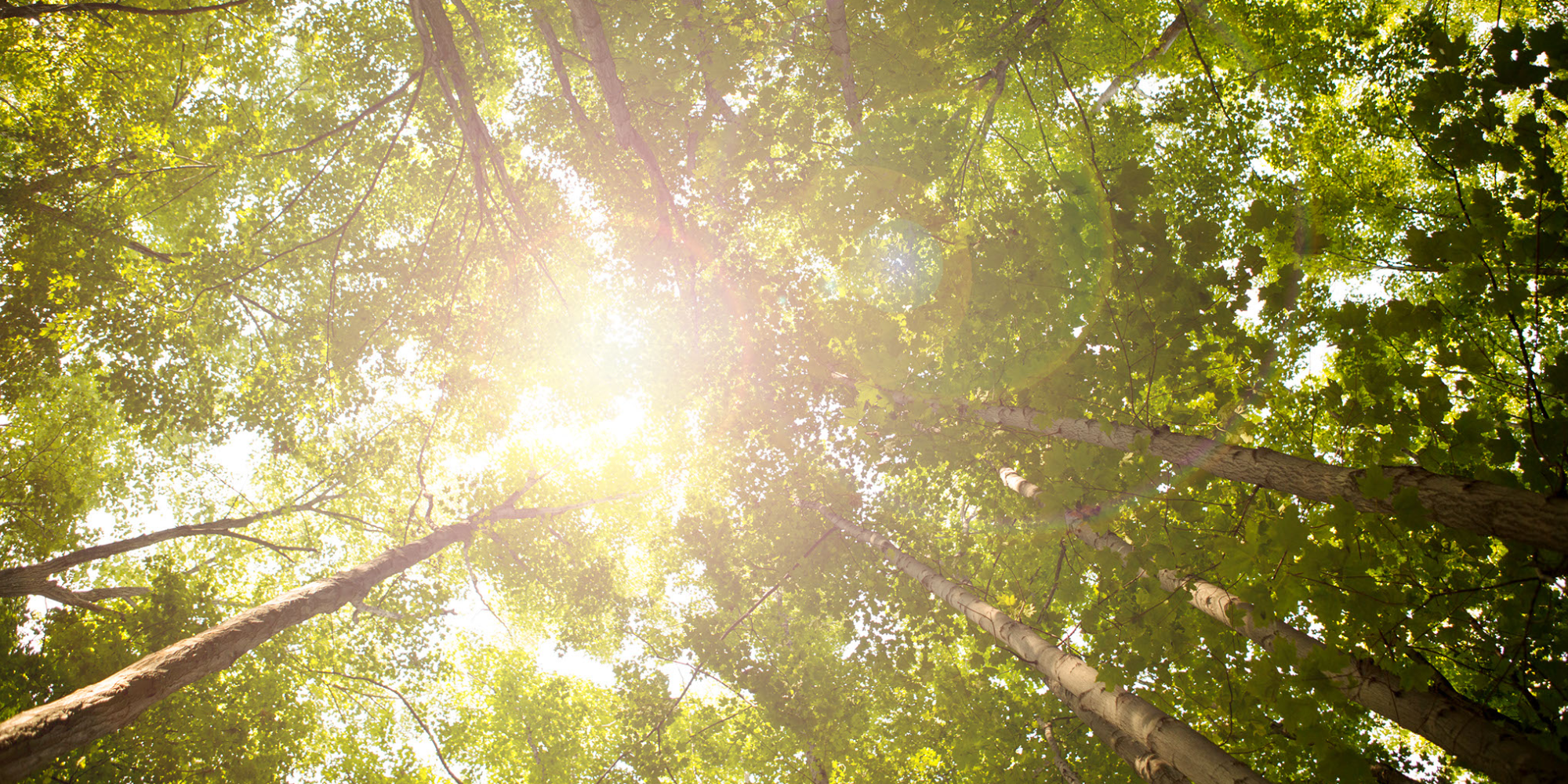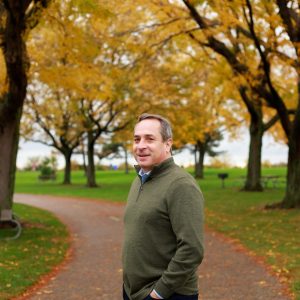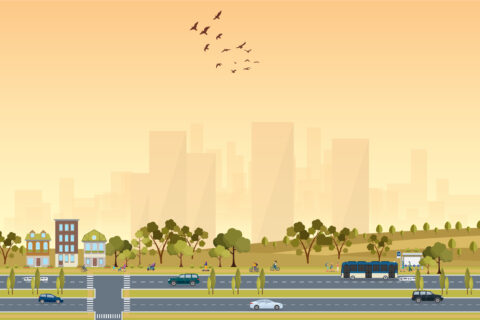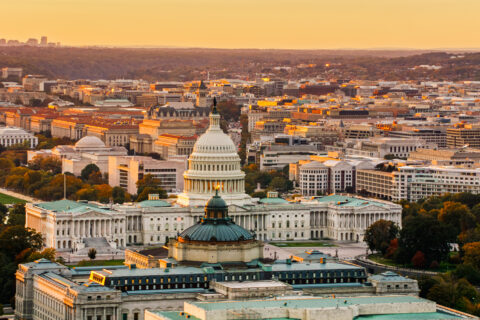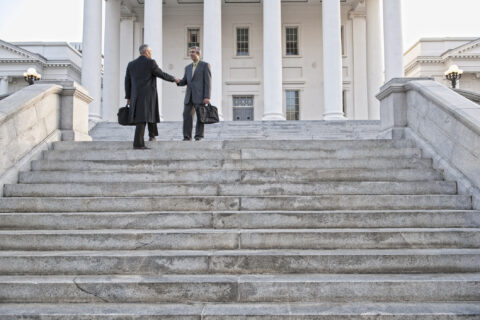America is undergoing an awakening about the importance of trees for health, wealth and climate change response in our cities and towns. Trees are not just window dressing for our cities, they are critical infrastructure necessary for a healthy community. The benefits that trees provide are needed in cities of all sizes, from major urban centers to smaller cities dotted across rural America. We need a whole-of-government effort to invest in neighborhood trees and take tangible steps forward to deliver health equity, economic opportunity and climate resilience to help all Americans thrive.
Now is the time for bold leadership and investments in community infrastructure that allow all neighborhoods to access the life-saving benefits of trees. There is a well-known proverb: The best time to plant a tree is 20 years ago; the second-best time to plant a tree is now.
Trees provide major economic benefits and support local green jobs. Trees are a turn-key opportunity ready to employ tens of thousands of our neighbors. The tree care industry is a growing sector that pays family-supporting wages. These local jobs can’t be exported and are suitable for our neighbors across the education spectrum. More than 30,000 forestry positions need to be filled over the next five years, which is sure to grow if we invest in trees. Efforts are currently underway in cities across the country to ensure people who need these opportunities the most can pursue new career pathways into urban forestry.
The next summer heatwave is just around the corner; trees are vital green infrastructure and the most effective means of combating extreme heat, which has devastating effects on local communities. In fact, the temperature in the shade beneath a tree can be up to 45 degrees cooler than nearby unshaded areas. Trees also save money on utility bills – with the right trees in the right place, you can reduce summer air conditioning costs up to 50%. Trees reduce air pollution and childhood asthma rates. They reduce flooding. They increase property values. By almost any quality-of-life measure, they provide significant benefits.
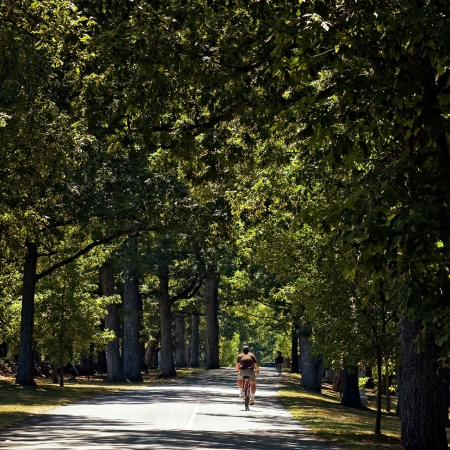
Despite all the benefits trees provide, they are often absent from where they are most needed. A map of tree cover in any city in the United States too often mirrors a map of race and income. Where trees are absent, so are the benefits and the jobs.
Across America, cities are committing to increasing tree equity and ensuring everyone has access to the economic, health and societal benefits of trees.
Boise: A Tree City of the World
Boise, Idaho launched the City of Trees Challenge in 2020 in collaboration with the Treasure Valley Canopy Network. The ambitious goal to plant one tree for every household in Boise–100,000 trees – could double the city’s canopy cover over the next decade. The City of Trees Challenge also asks Boiseans to support sponsoring a seedling for every resident – 235,000 seedlings – in Idaho’s rural forests over the next decade to restore the forests after wildfires and other natural disasters.
“This lofty challenge allows every Boise resident a chance to act locally, in a way that is easy to understand and measure, to improve the livability, health and climate of our local community and have impact globally,” said City Council President Elaine Clegg when she and City Forester, Mike Andrews, unveiled the challenge to city residents. They called for all Boiseans to come together amidst a global pandemic and economic uncertainty to grow toward a more resilient future.
Partnerships with home and business owners, neighborhood associations, a local tree nursery wholesaler and non-governmental partners led to over 2,000 trees getting in the ground in 2020.
A focus of the Challenge is to improve equity for all Boiseans. By utilizing existing data and planning tools to strategically target tree planting in areas where they are needed most, Boise will reduce the impact of urban heat, and improve the quality of life for all Boise residents.
In recognition of their commitment, Boise was acclaimed as a Tree City of the World, one of 68 cities across 17 countries that has been deemed an exemplary steward of their urban forest. The Challenge was also pledged to the U.S Chapter of 1t.org as part of a worldwide effort to plant a trillion trees to mitigate climate change.
All trees planted through the Challenge will be certified through the City Forest Credits Impact Certification. The city IT team is customizing a crowd-sourcing website interface that will track data on tree planting and quantify the eco-system benefits of the decade-long project, including increased property values, stormwater captured, energy conservation, air pollution removed and carbon storage.
Cleveland’s Urban Tree Plan
The city of Cleveland, Ohio has formed the Cleveland Tree Coalition (CTC), which is a partnership of organizations, businesses and branches of local government that strives to create a healthy, vibrant, sustainable and equitable urban forest. The CTC works collaboratively to implement the Cleveland Tree Plan, an ambitious city-wide effort to prioritize trees as critical community assets, reverse the trend of canopy loss and secure funding to maintain Cleveland’s tree infrastructure.
In 2017, the CTC proposed the CTC Goal, which calls for growing Cleveland’s urban tree canopy cover from 18% to 30% by 2040. This effort envisions a healthier, greener city and provides a benchmark against which to measure efforts to preserve and expand Cleveland’s urban forest. It also sheds light on the large task before them: planting an additional 361,000 trees in the next decade and significantly shifting a city’s viewpoint on the value of trees for future social, economic, and environmental prosperity.
To accomplish their ambitious goal of reaching 30% tree canopy coverage, the CTC approaches their work by planting and nurturing new trees each year and invests resources to prolong the lives of Cleveland’s existing tree stock. Established, mature trees are able to add considerably more canopy each year as compared to newly planted trees. Therefore, to ensure long-term success the CTC recognizes their efforts must incorporate increasing tree stock while simultaneously stewarding existing tree inventory.
The Role of the Federal Government
Trees currently provide all these benefits with only minimal support from the federal government. In fact, the only federal tree planting program, the Urban and Community Forestry Program, received just $40 million last year which, across all 50 states and the District of Columbia, is neither bold nor visionary. Congress is paying attention and legislation such as the 21st Century Conservation Corps Act and the Climate Stewardship Act would provide funding for tens of millions of new community trees over the next decade.
Additionally, over 30 mayors and county officials from across the country joined Trees for Community Recovery to send a letter to President Biden urging the Administration to take swift federal action to bolster local communities’ urban forestry sectors.
As Congress considers investment of hundreds of billions of dollars in our communities, we must ensure that neighborhood and city trees are included. Now is the time to contact your Members of Congress and let them know that a robust tree canopy is important for your city .
